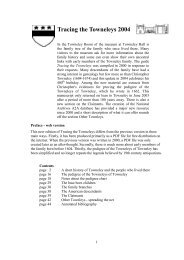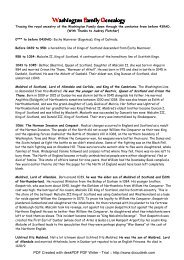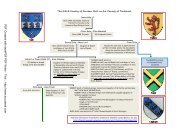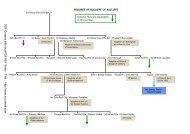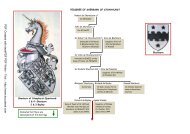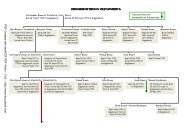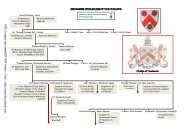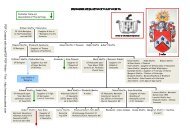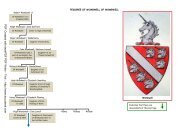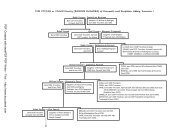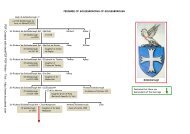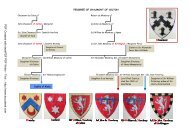SHIRBURNS of Stoneyhurst.pdf - Ingilby History
SHIRBURNS of Stoneyhurst.pdf - Ingilby History
SHIRBURNS of Stoneyhurst.pdf - Ingilby History
Create successful ePaper yourself
Turn your PDF publications into a flip-book with our unique Google optimized e-Paper software.
terms <strong>of</strong> the settlement <strong>of</strong> both her original marriage contract and the terms <strong>of</strong> her late husband’s<br />
will – effectively removed her, as the last <strong>of</strong> the Shireburne dynasty, from the arena <strong>of</strong> national and<br />
regional politics, and conceivably even resulted in a last desperate and divisive breach between her<br />
and her elderly mother 62 .<br />
Widdrington, though the brother <strong>of</strong> an attainted peer, had lost his estates as punishment for<br />
his part in the 1715 rising, and was never considered the social equal by either the widowed<br />
Duchess or wider county society. Far more seriously, the failure <strong>of</strong> the couple to acknowledge, or to<br />
deny, their relationship caused a serious breach with their erstwhile supporters within the Society <strong>of</strong><br />
Jesus. Father Thomas Lawson S.J., the Duchess’ personal chaplain and spiritual director, had<br />
attempted to reach a compromise with them whereby they would have publicly acknowledged a<br />
morganatic marriage. However, both declined and the priest suddenly fell into disfavour, being<br />
dismissed from the Duchess’ service, on 1 January 1734, and returning to his duties as Rector <strong>of</strong><br />
Watten. This breach also served to distance the Duchess from the Jesuit Order, and damaged the<br />
traditional image – fostered by generations <strong>of</strong> Shireburnes – which explicitly associated the<br />
activities <strong>of</strong> the family with high moral sensibilities, and identified them as close adherents to the<br />
Church <strong>of</strong> Rome, in general, and to the Society <strong>of</strong> Jesus, in particular 63 . Though her subsequent<br />
attachments to both Roman Catholicism and Jacobitism remained undiminished, after 1734, they<br />
were henceforth manifested only in terms <strong>of</strong> display - through the raising <strong>of</strong> memorials – and<br />
through limited financial support – via charitable endowments and gifts to the supporters <strong>of</strong> the Old<br />
Pretender - rather than in terms <strong>of</strong> forceful concrete action. The potentially scandalous nature <strong>of</strong> her<br />
62 It is notable that, with her last sickness pressing upon her, Lady Katherine Shireburne chose to make a new – verbal –<br />
will on 16 January 1727-8, in which she left “to Gilbert Talbot, <strong>of</strong> Cork Street, in the p[arish] <strong>of</strong> St. James, my whole<br />
personal estate, and declare him my executor”. Her daughter, it would seem, was excluded from this final settlement.<br />
See: Payne, op.cit. p.26.



